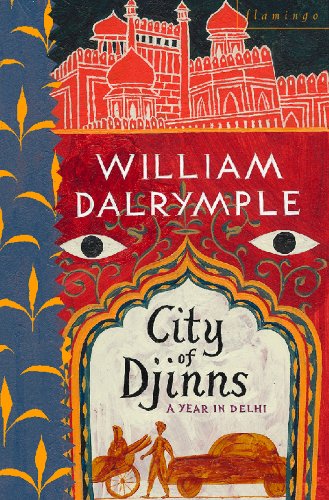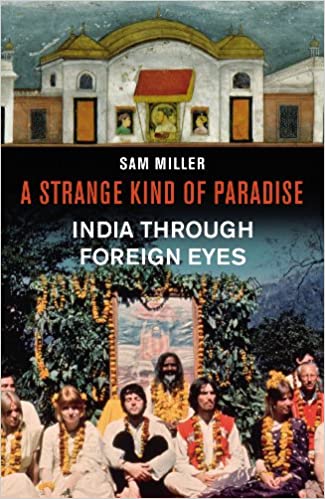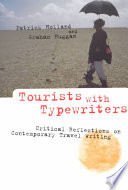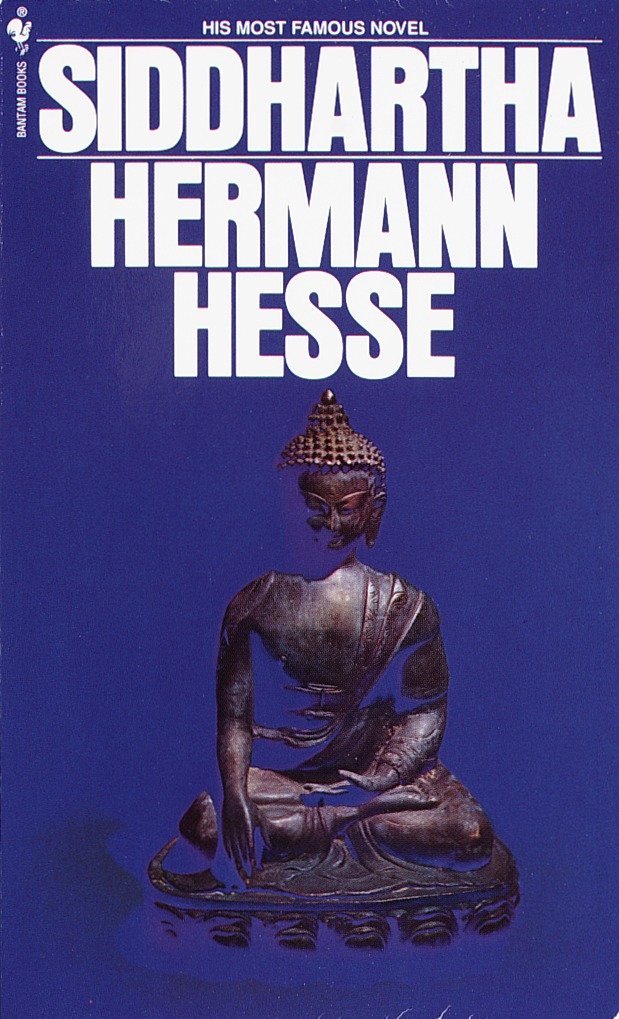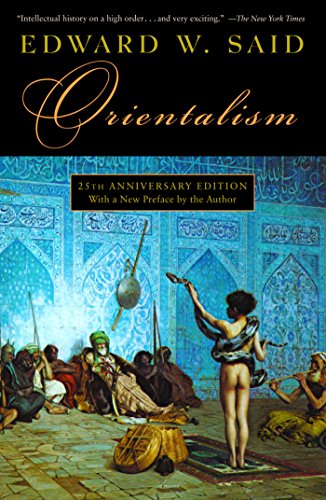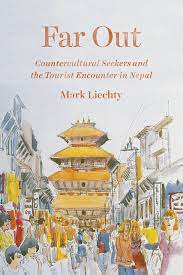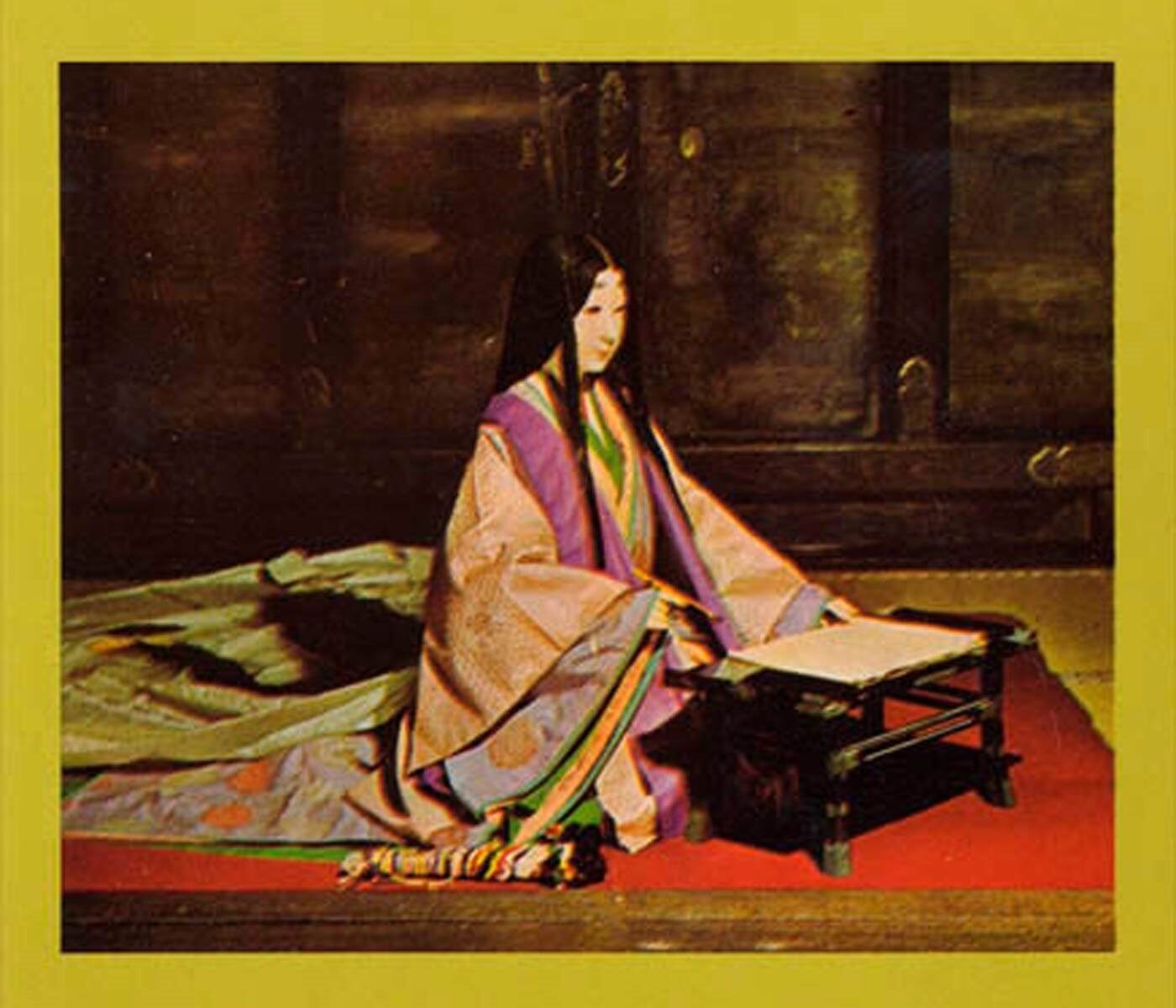When traveling through Laos a few years back, I visited a backcountry travel shop owned by a German man. As I entered, he was berating his Lao staff, in a mixture of Laotian and English, for having mishandled travelers’ enquiries while he was out of town. People would ask seemingly simple questions — Is there a bus to such-and-such town? Can I take a boat to the border? — and get convoluted answers that bogged down in irrelevant details. Instead of “Yes, you can take a bus there,” it was, “There is a bus that starts in Town A and goes to Town B first before arriving here, but it’s a dirty bus and usually late.” The owner couldn’t understand how his employees kept making these kinds of mistakes.
This was a few weeks after I’d been in Cambodia, hanging around with a local woman who’d gotten a seventh-grade education and couldn’t use Google Maps navigation on her phone because no one had ever taught her to read a map.
It turns out that intellectual skills we take for granted — reading a map, organizing ideas in particular ways — are not inherent, but learned. I tried to get this across to the German travel shop owner so he could have a little compassion for his team, and he seemed to get it, with a mixture of exasperation and resignation. He and I, though from different countries, had each spent years of our lives mastering certain formal structures of information packaging: the sentence, the clause, the paragraph, the multi-paragraph essay. We had been asked to find the topic sentence in a paragraph, and informed that this often came first, with detailed examples or supporting ideas placed afterwards. We had been given the task of replicating such paragraphs. As we grew older, the scale grew to essay length, requiring more complex layering of thesis sentences, topic sentences, supporting arguments, conclusions. We have come to think of these formal structures as the right way to organize information to be communicated to others, and we’re able to do it pretty fluently.
I now live in South Korea, where this kind of structured writing is much less often taught, and it shows. In discussions with colleagues, I often find that they’re not prepared to defend viewpoints or assertions, and there’s a tendency to fall back on authority (“A VP has requested it”) or consensus (“Everyone already agreed”) rather than to provide explanations in the way that I think of them.
Organized thinking, it turns out, is a learned skill. And writing is a very good way to learn it.
Calculators can’t count
ChatGPT and its inevitable successors will raise certain practical questions. A certain amount of in-class writing will be necessary to verify that students can actually do what their assignments suggest they can do. This has, of course, been the case for a long time, and students have been able to cheat on assignments but not on hand-written final exams. Some students will cheat anyway, others will half-cheat by checking their work in various ways (already a possibility for a long time with grammar checkers and the like), but in the end, they will still need to do the work necessary to develop the skills to pass the in-class exams.
But if ChatGPT can write so well, why should anyone except specialists learn how to do it? Technology has preempted all kinds of other skills. We don’t expect students to learn to start a fire or skin an animal or gather wild edible plants. We don’t teach how to hitch a horse or drive a stick-shift. Latin is right out. Cursive is ending. Why keep writing in the mix?
It’s there for the same reason that arithmetic has stuck around in a world of calculators: it’s a basic skill for organizing information, in a way that video editing is not. While you can (and mostly should) use a computer for complex arithmetic, it’s important at some point to get a sense of how the arithmetic works, because this is a basic way of organizing information computationally.
One could argue that we have abandoned certain skills we should not have. With photography we have given up teaching drafting as a basic skill, and I think that’s possibly detrimental to our ability to organize information in certain ways. And we may come to a future point where most people really don’t need to learn to write as a pedagogical path to learning to organize information. But for now, humans communicate largely in language, Even if you can get a machine to do some of the grunt work for you — writing cover letters, say, or cleaning up your resume — the ability to construct thoughts and ideas remains important, and there is no better way to learn that than through the discipline of writing.
I have seen a great deal of hand-wringing over ChatGPT, particularly in the context of education. If any high school or college student can go to ChatGPT (or its future, smarter iterations) to get a reasonably well crafted essay without grammar errors, what’s the point of teaching writing? And how can we know whether students are doing their own assignments or just getting everything from an AI bot?
I

